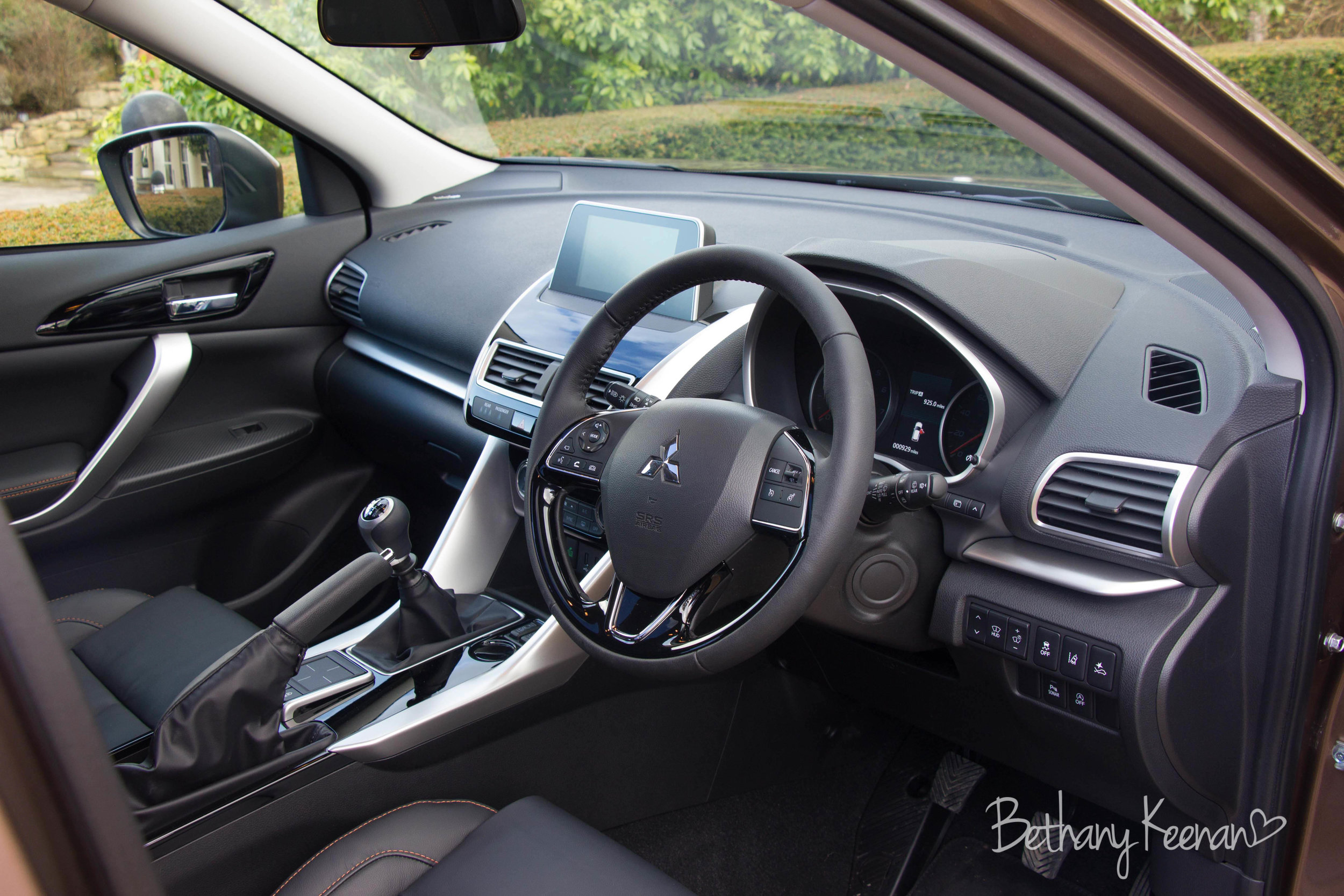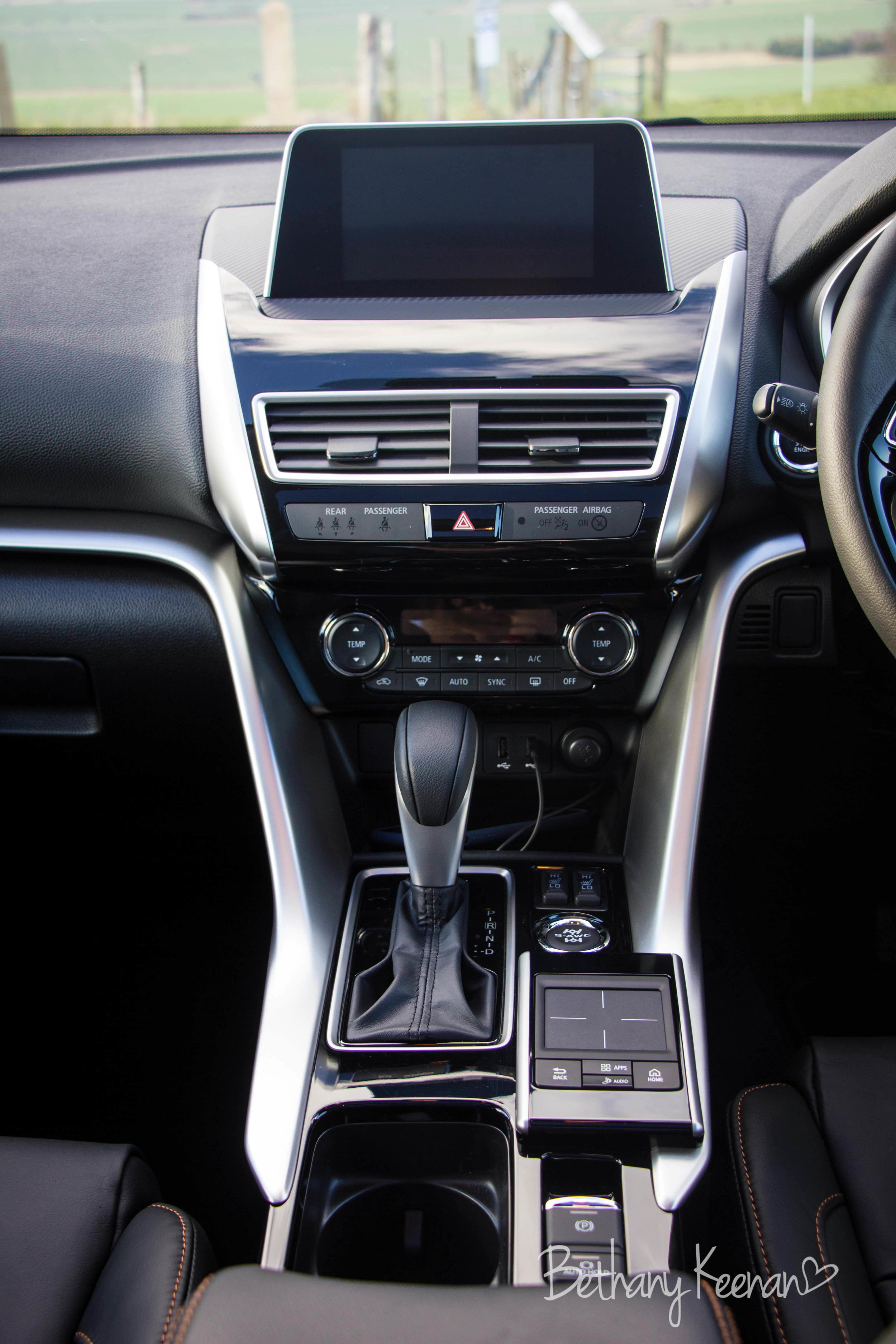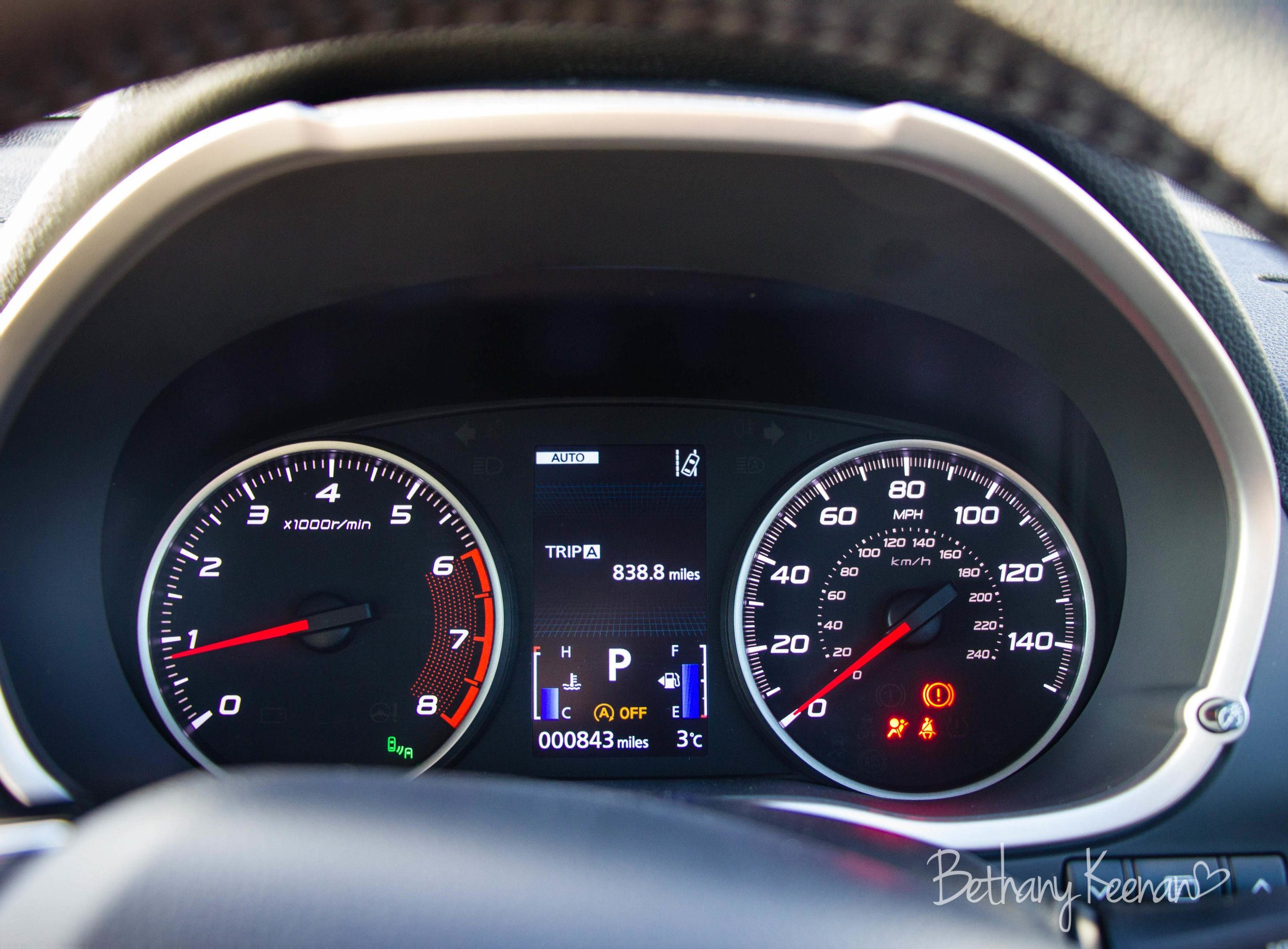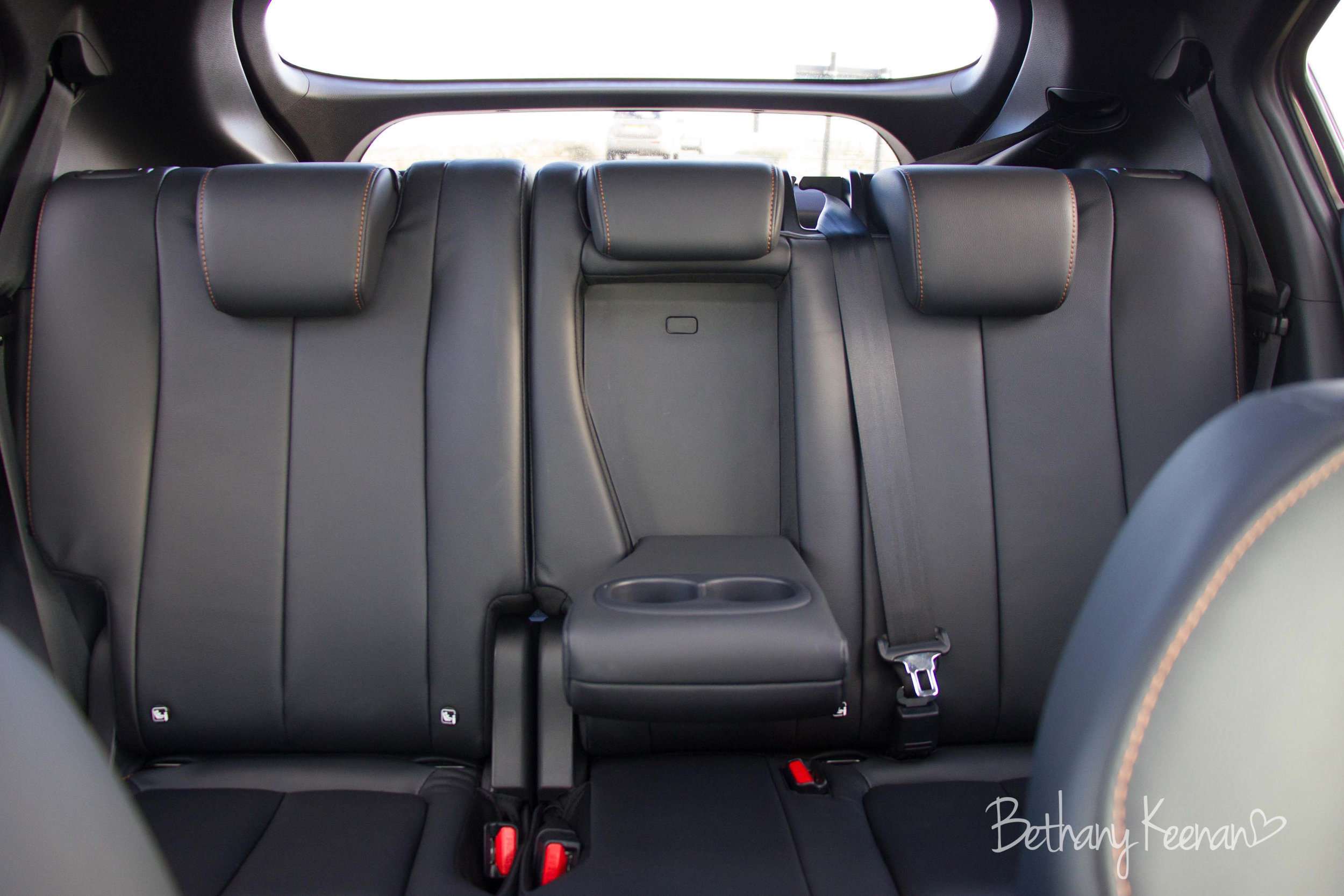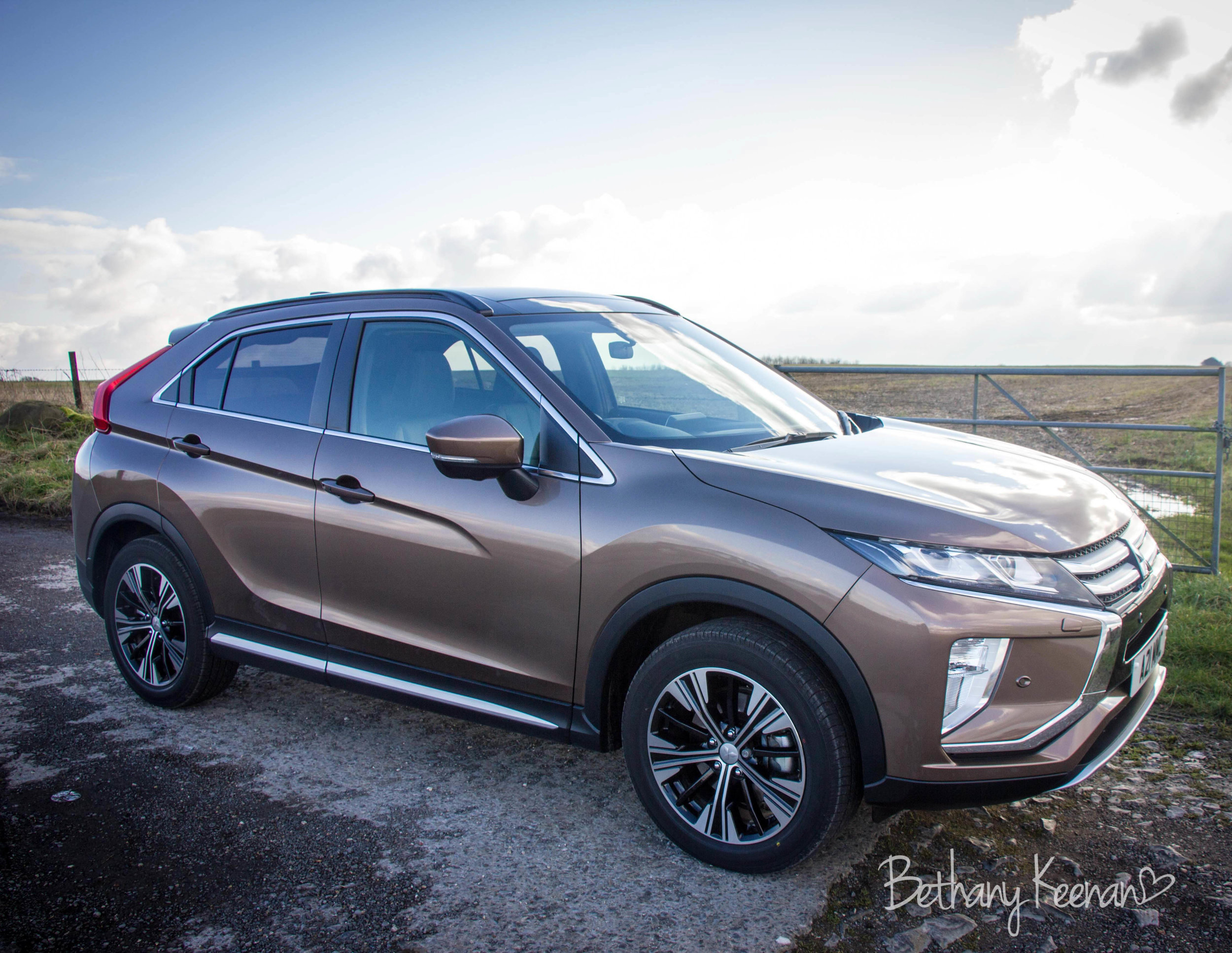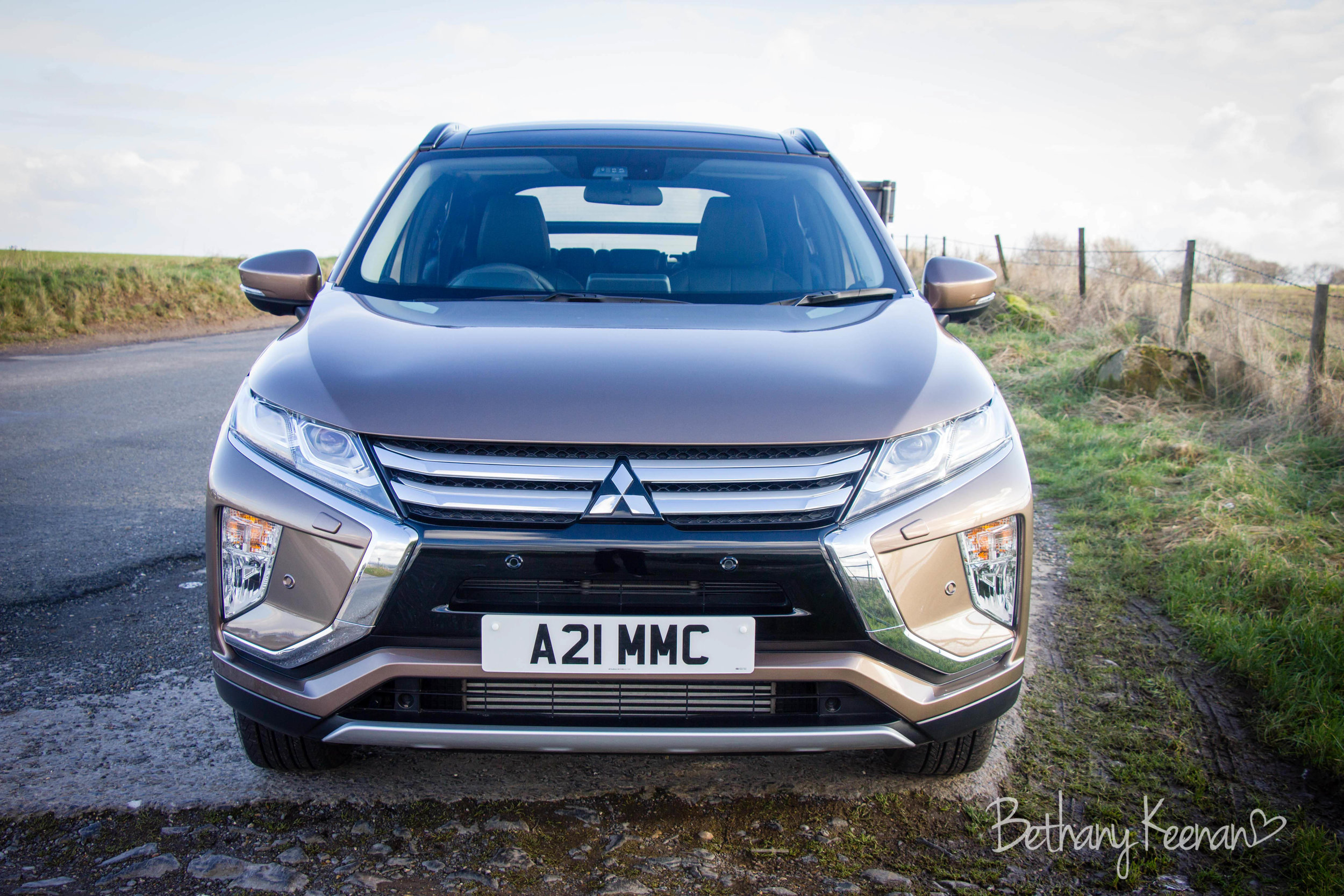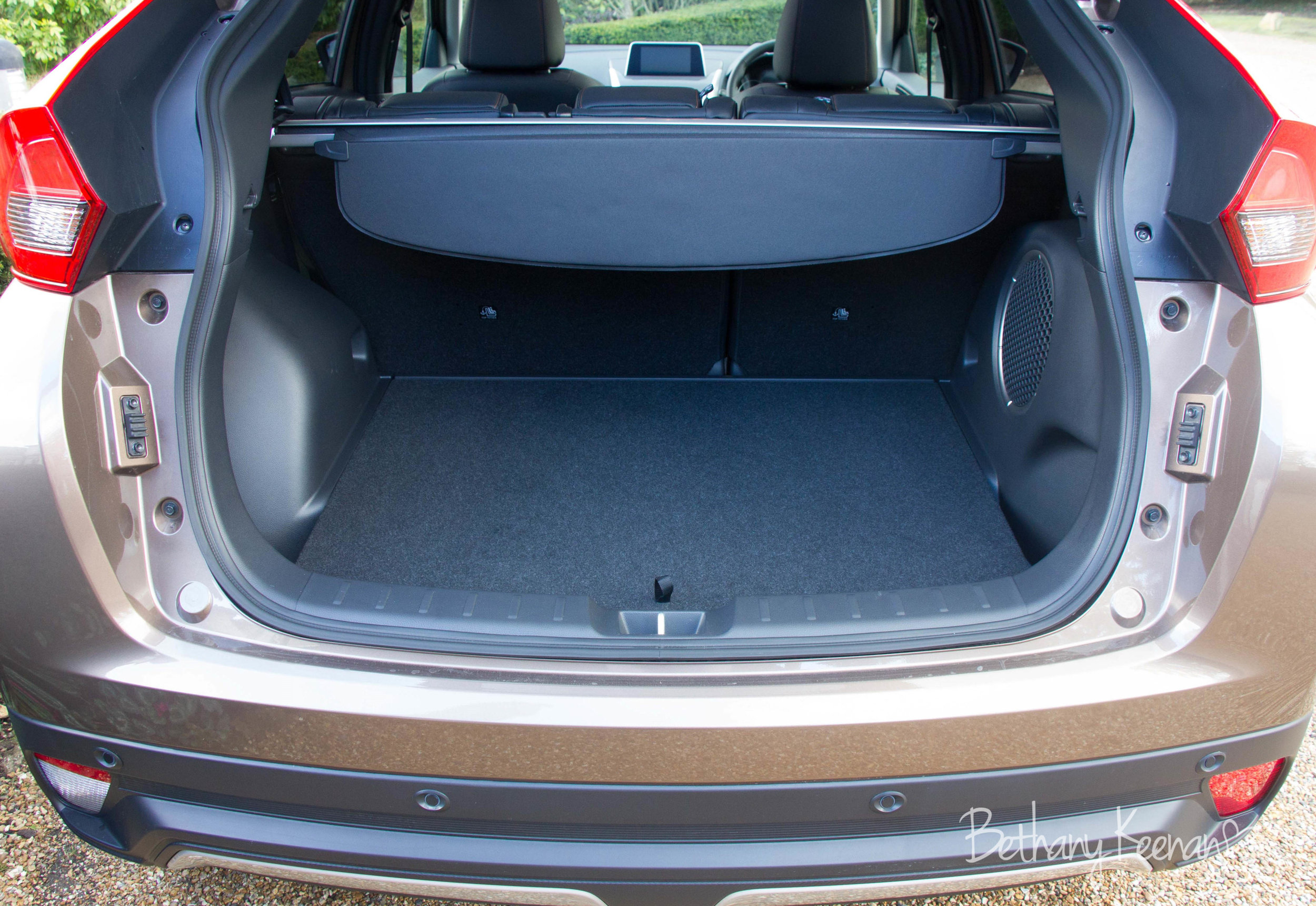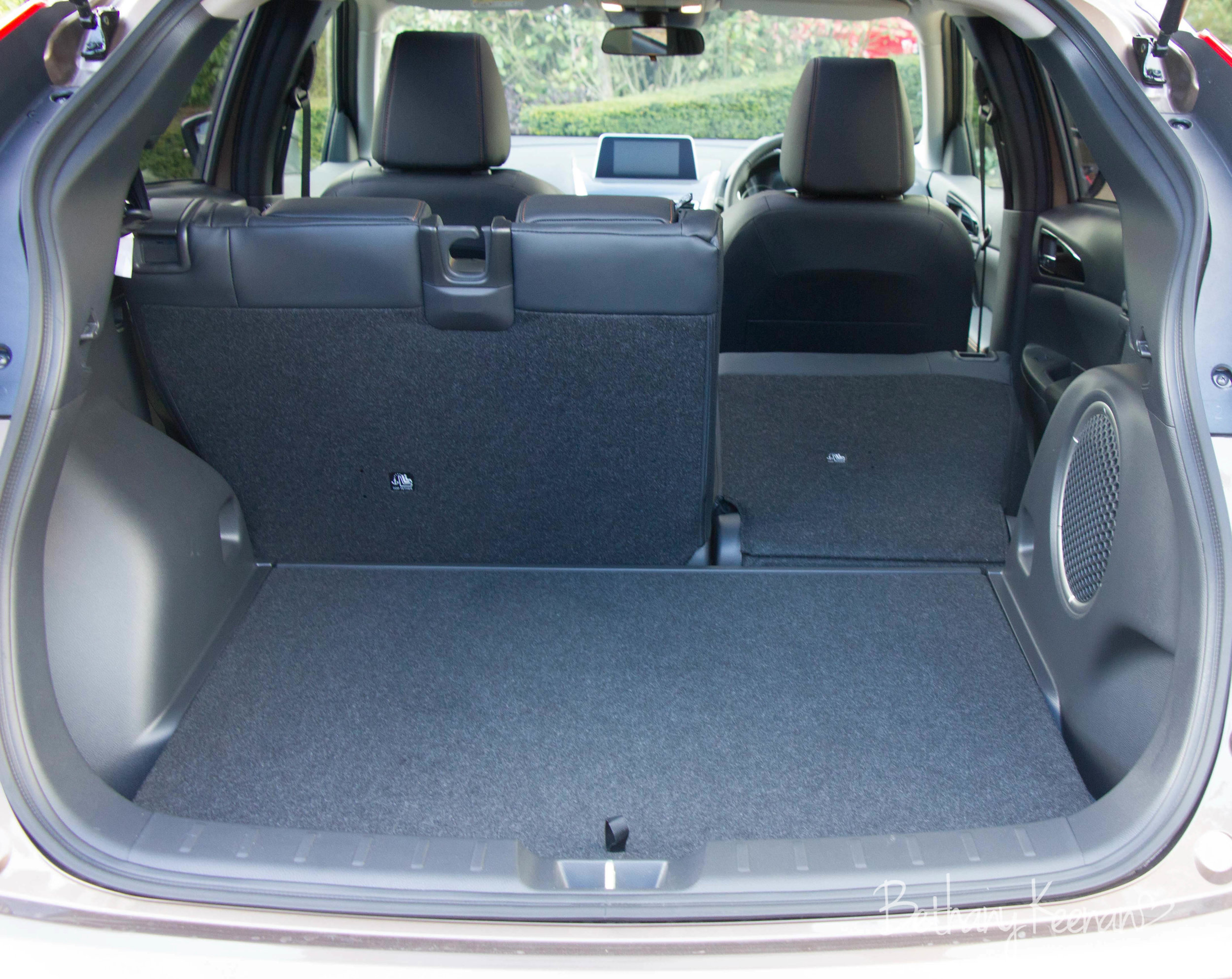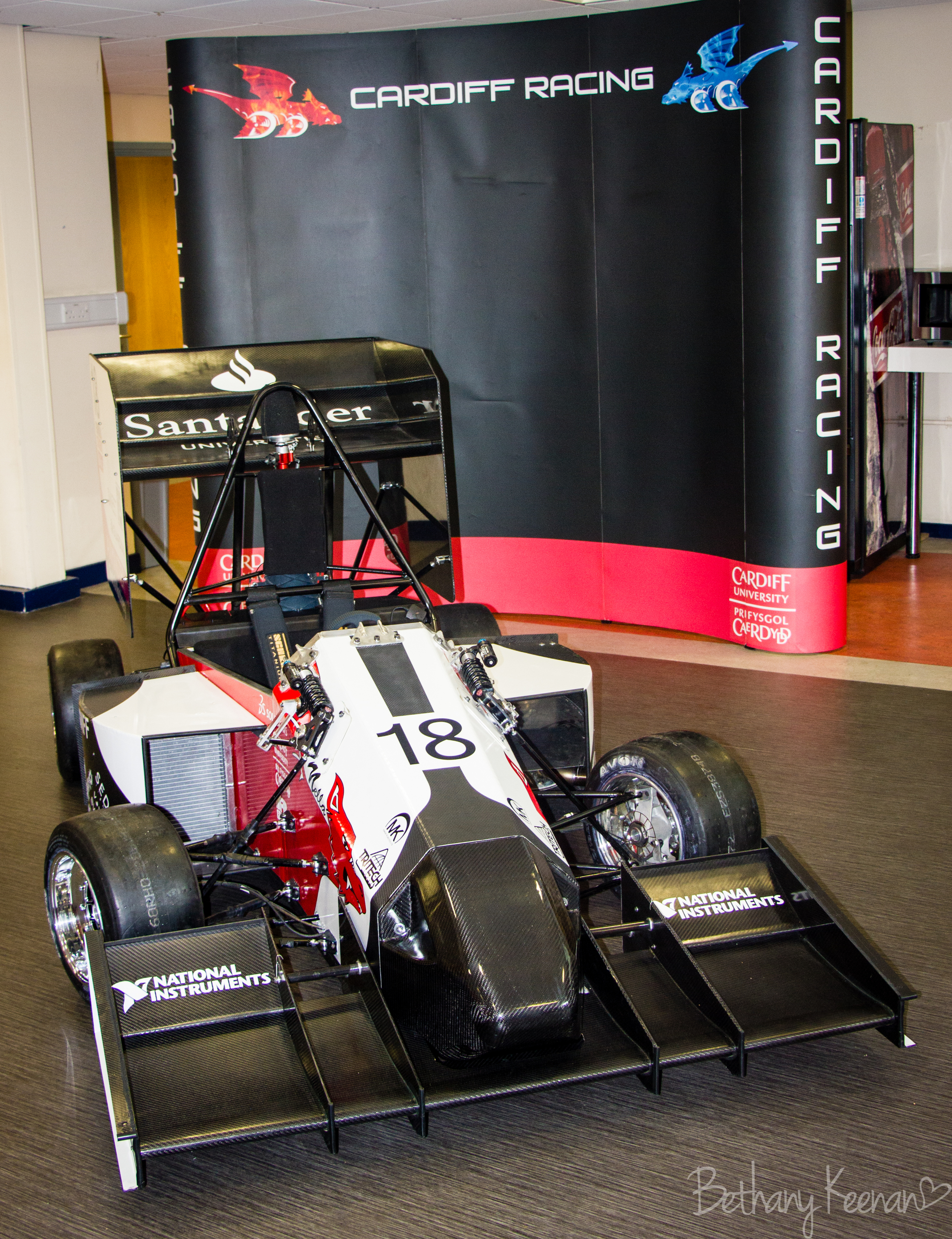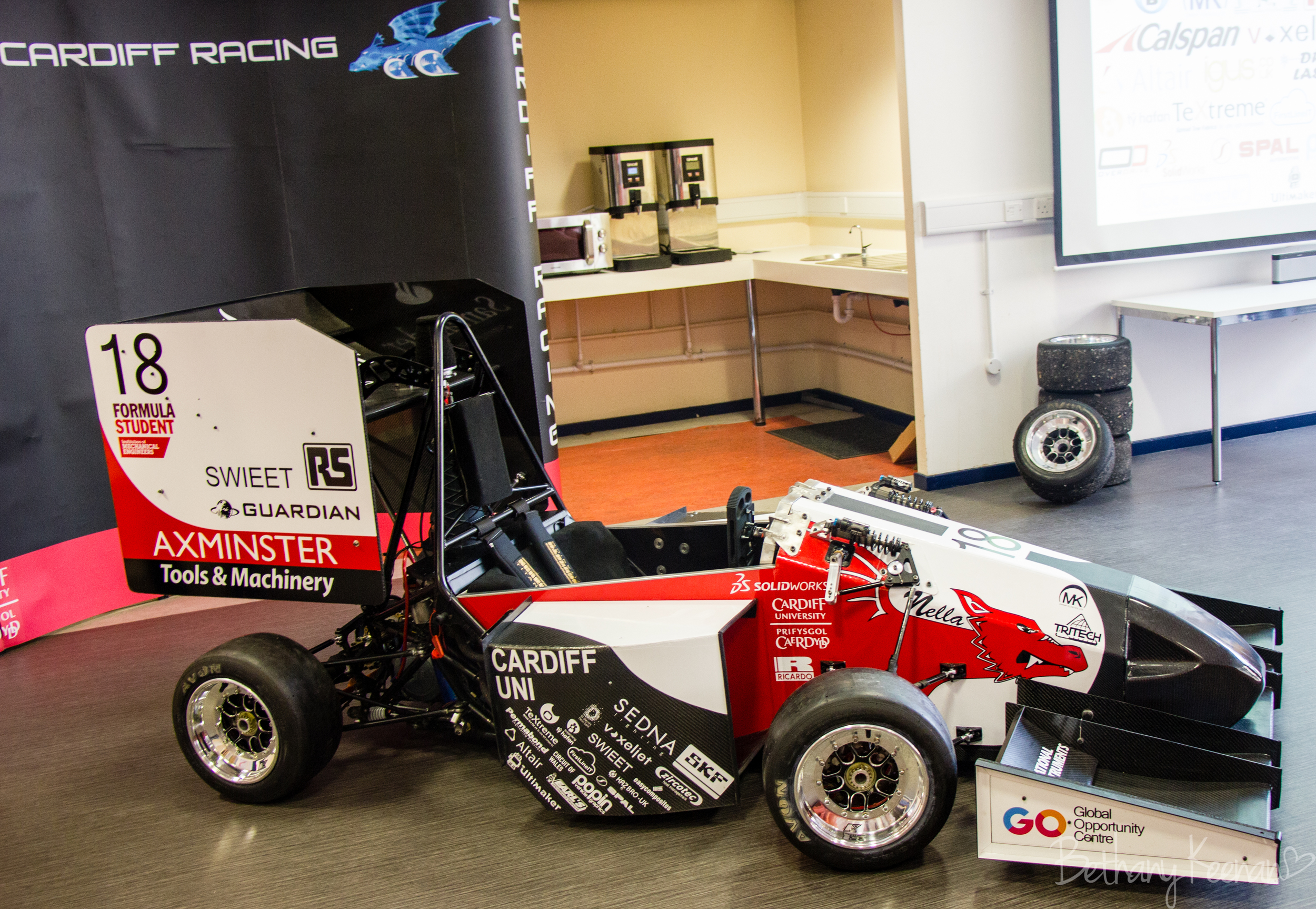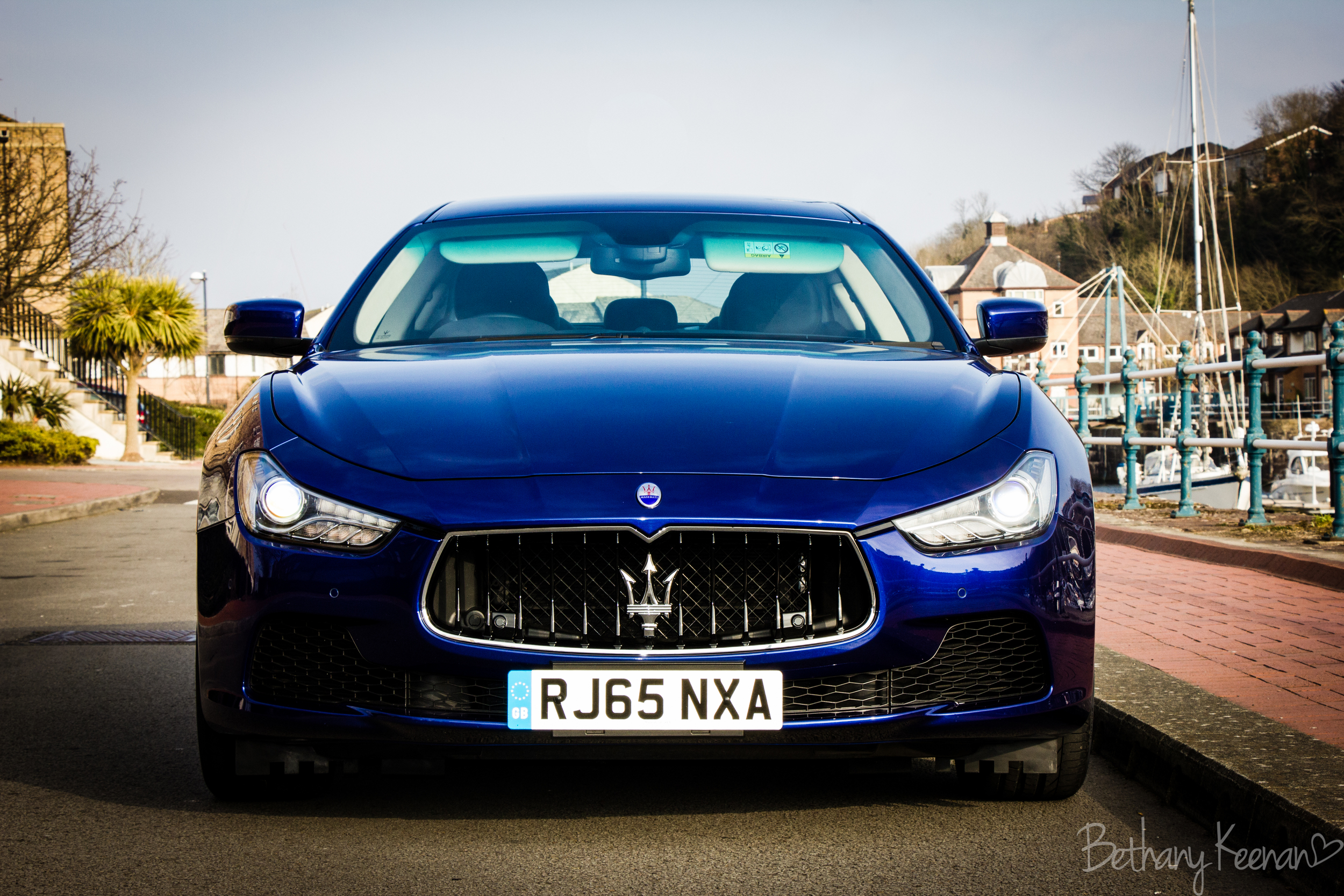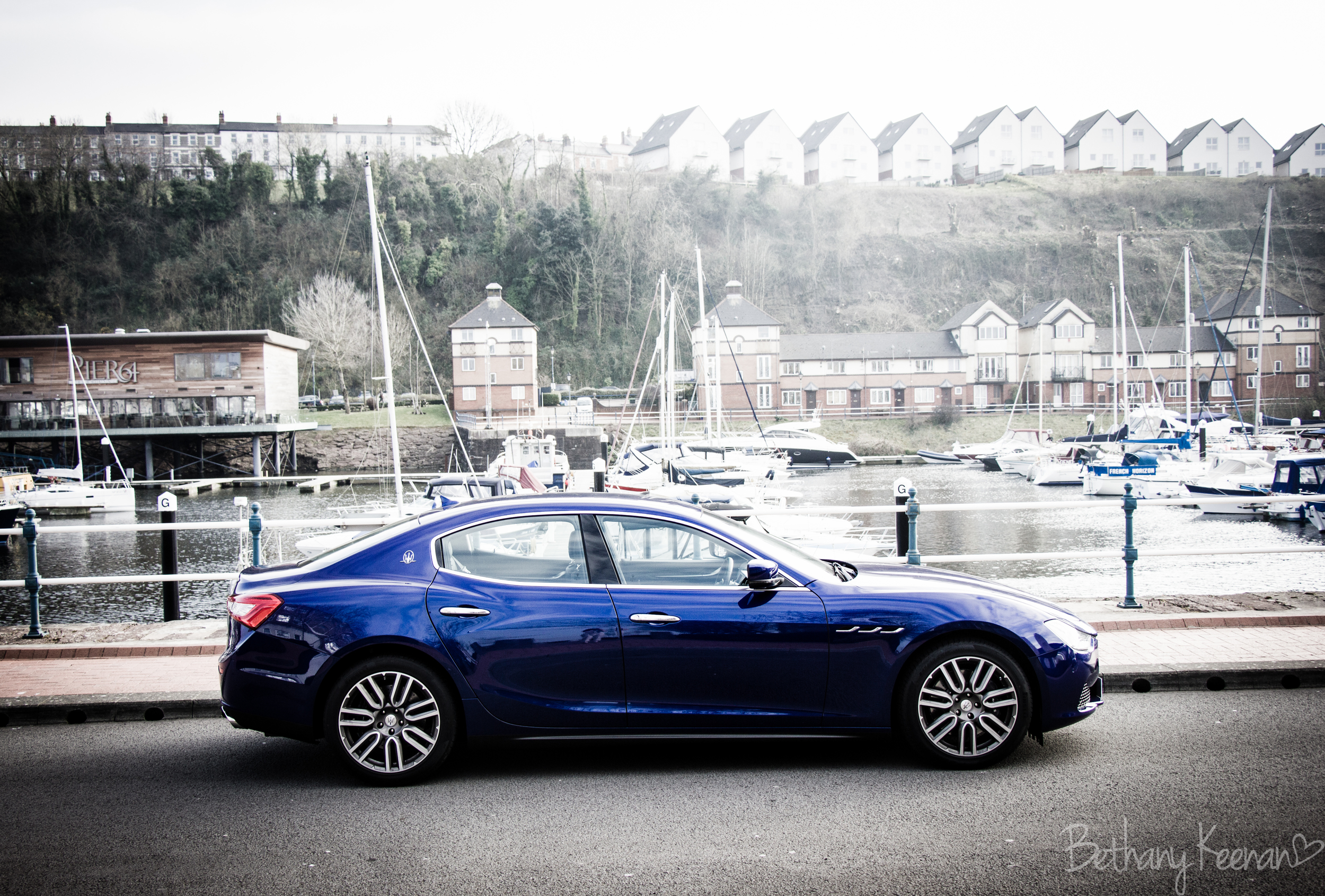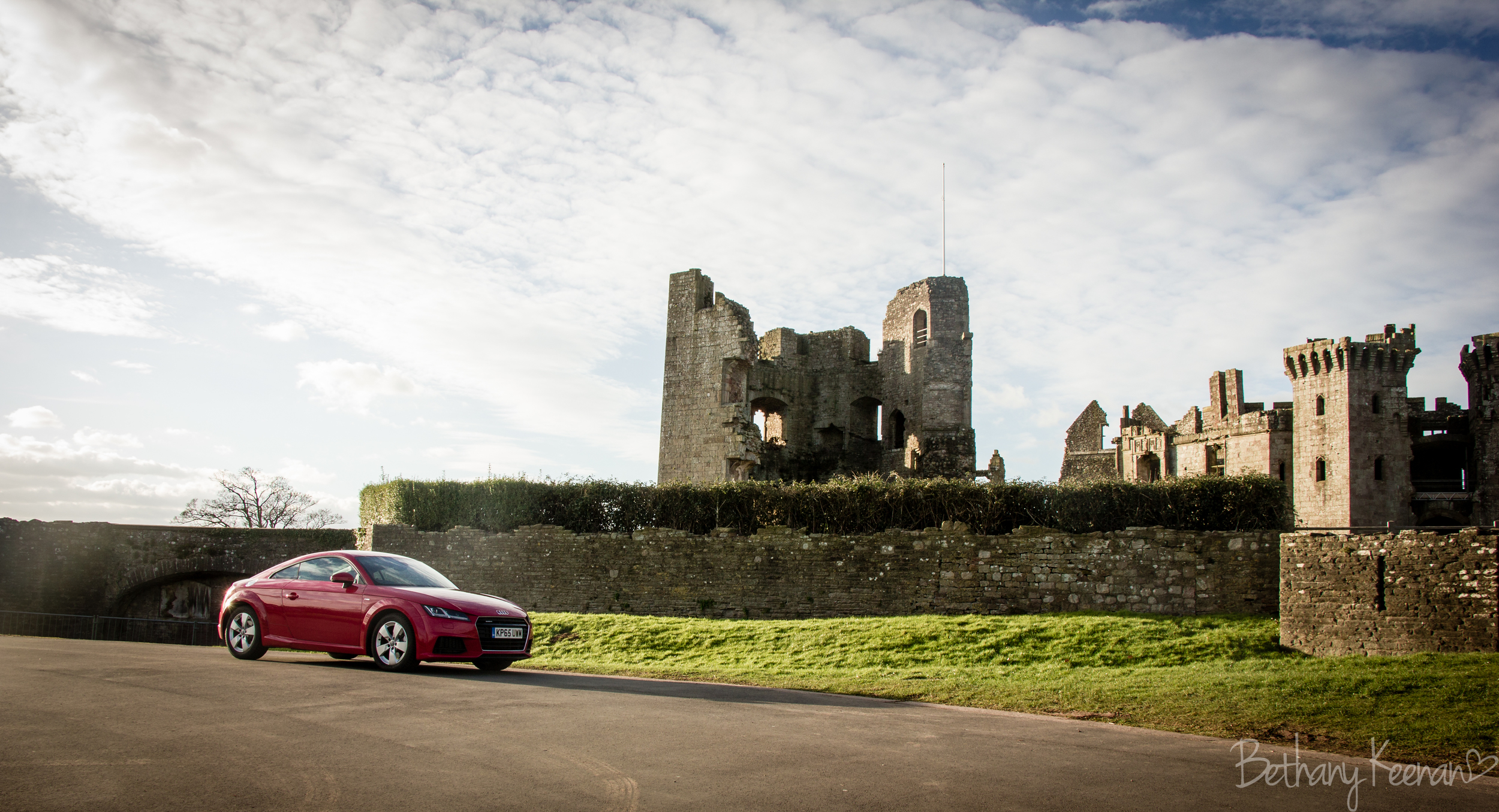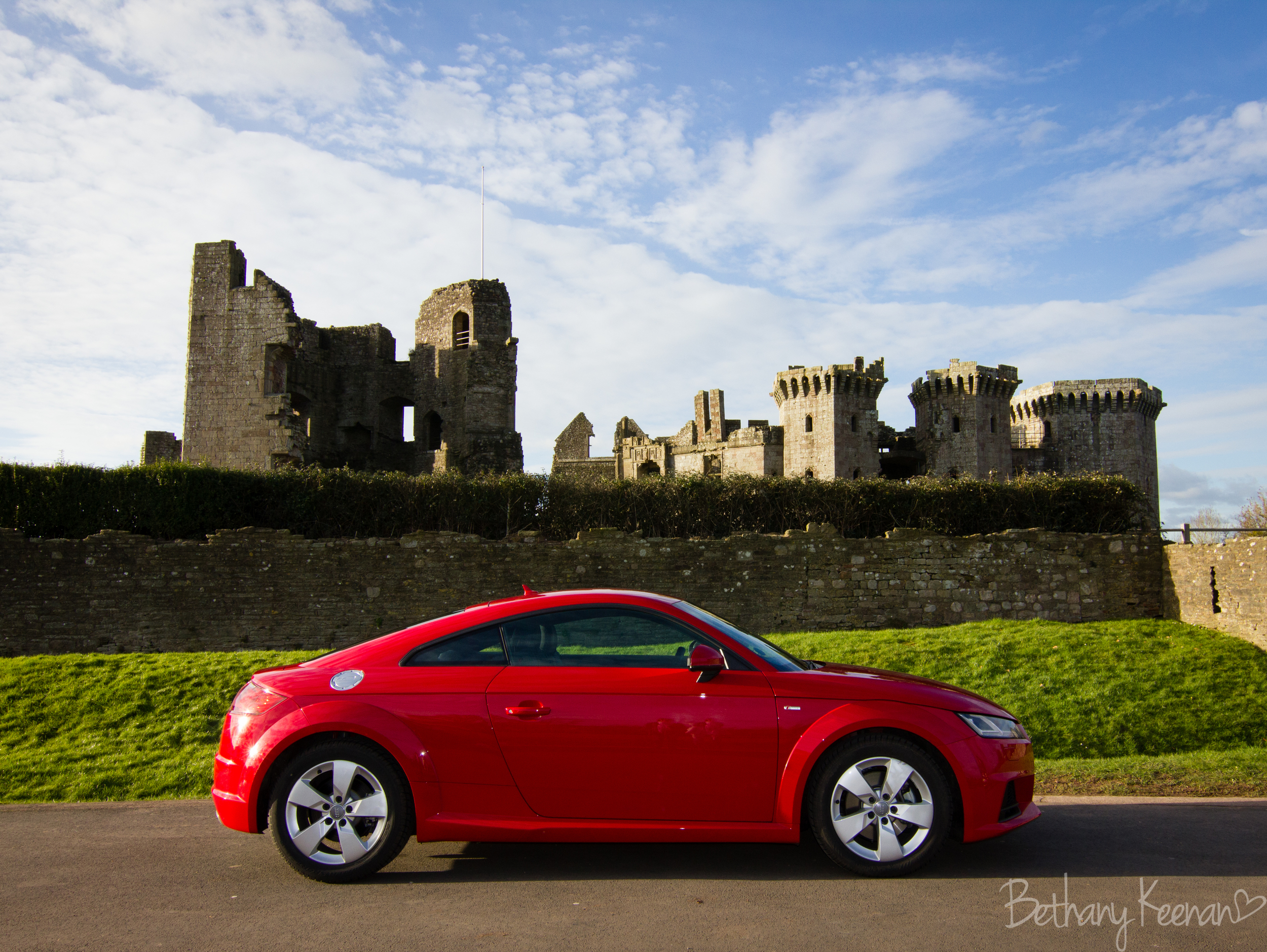As a young female professional and an owner of a Nissan Qashqai, I associate SUV’s with safe, sensible and slow cars - perfect for doing the school run and driving long distances. The older model Qashqai’s are particularly bland and lack any interior or exterior styling. Yet, they are practical, comfortable and affordable which is why they are the UK’s bestselling car in the small SUV market. Car manufacturers such as Toyota, Seat, Peugeot, Kia and Hyundai have all tried to emulate the success of the Qashqai, but not succeeded. With an ever-increasing demand for small and affordable SUVs, Mitsubishi are pinning their hopes on the new Eclipse Cross as a more ‘exclusive’ alternative.
The cars on test were the 4x4 automatic Eclipse Cross 4, finished in Bronze, with black leather interior and 18″ alloy wheels; and one of only 250 First Edition Eclipse Cross 6-speed manuals, finished in Diamond Red, 18″ alloy wheels and exclusive ‘First Edition’ styling. Currently, there is only one engine option available, with all versions powered by a newly developed ‘4B40’ 1.5-litre four-cylinder turbo petrol engine.
From the outside, the Eclipse Cross looks much bigger than the Qashqai, yet it’s only slightly larger in overall length (and fractionally smaller in width). The aggressive styling is far more appealing to the younger market, with its oversized front grille, muscular sides and distinctive sloping roofline. The split rear screen with LED lighting is ‘edgy’ and surprisingly doesn’t hinder vision once inside. The boot size is much smaller than the Qashqai even with the rear seat sliding adjustment - fitting four golf bags at standard position.
As you climb into the driver’s seat, you’ll notice the narrow door sills allowing you to enter and exit the car without getting your trousers dirty – a plus for any business man or woman! Once inside, you can feel the car wrap around you and cwtch you in. Space is good both front and rear, the seats moderately comfortable and the slim soft touch steering wheel not over cluttered with controls. Large manual-shift paddles sit behind the wheel in the automatic, with a clear instrument display. Piano-black trim adds a touch of class, interspersed with silver plastic making the interior lighter than in the Qashqai.
The 7” touch-screen infotainment system comes as standard, and is located in the middle of the dashboard. It includes a DAB radio, Apple CarPlay and Android Auto - but sadly no built-in sat-nav. Instead, smartphone users must use a navigation app, which is limited if you have no signal and not enough data! The touchpad in the centre console can also be used to control the system, but the location of the handbrake is awkwardly close to the driver seat, and restricts access to the touchpad controller. Perhaps with time this would become instinctive, but I personally found it unintuitive and more of a distraction - a problem eradicated in the automatic by an electronic handbrake. Overall, I prefer the built in system of the Qashqai as I find it more user-friendly.
Acceleration from 0-62mph ranges from 9.3 seconds in the automatic 2WD (4WD in 9.8 seconds) to 10.3 seconds in the 2WD manual to with a maximum speed of 127mph. There was slight lag from standstill but once warmed up, the performance and handling through the city and country lanes was good. Brakes were responsive and the ride was comfortable. The panoramic roof, head-up display and premium Rockford 9 speaker system certainly added to my driving experience.
The pricing for the Eclipse Cross depends on trim level specification with either manual or automatic (2WD or 4WD) transmission. The entry-level 163bhp Eclipse Cross 2 (manual) starts at £21,275, increasing to £27,900 for those wanting the higher spec automatic Eclipse 4. For the First Edition, there are only two options available - the manual at £26,825 or the 4WD auto at £29,750.
Interestingly, this is the first car that Japan have released in Europe prior to their launch date in Japan. Perhaps a testament to Mitsubishi’s determination to become an SUV specialist. Do I think they can achieve this? We’ll have to wait and see…
Published on GirlRacer: https://girlracer.co.uk/index.php/motoring/24501-mitsubishi-eclipse-cross-vs-nissan-qashqai-what-will-you-choose-as-your-next-suv
© Bethany Keenan (Words and Images)
